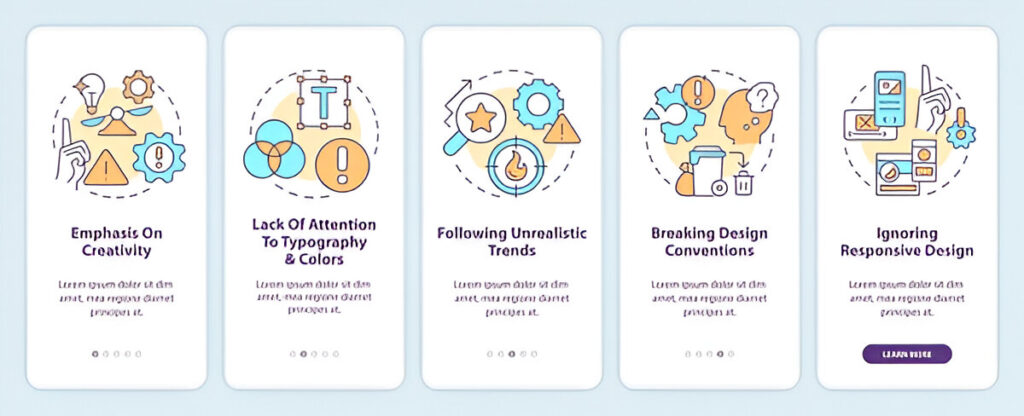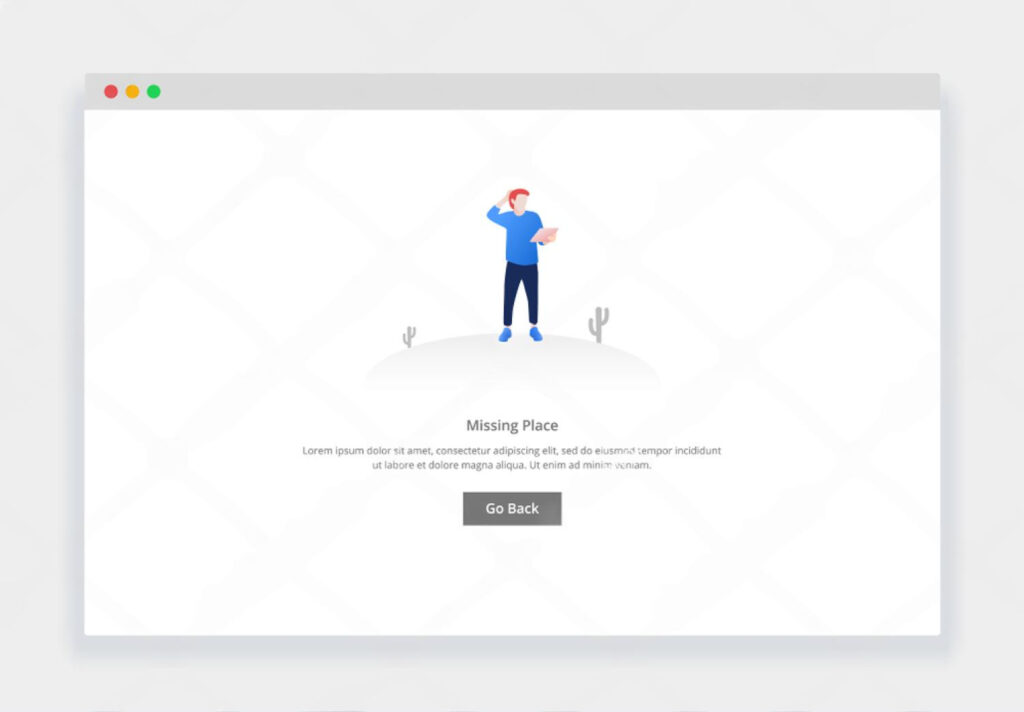Understanding the human mind to create better user experiences.
Have you ever noticed how much text is embedded in the apps and websites you use daily? From titles and instructions to notifications and buttons, these texts are part of UX writing a crucial element that guides users through their digital journey. However, if these texts fail to help users achieve their goals, they become meaningless.
UX writing isn’t just about crafting words; it’s about understanding human psychology. As a UX writer, you’re writing for real people with needs, motivations, frustrations, and behaviors. To create an emotional connection and a seamless experience, you need to understand how users think and feel.
Here are five psychology principles that can elevate your UX writing and help you create more intuitive, engaging, and effective user experiences.
1. Humans Act on Intuition

Designing for the gut feeling.
Intuition is the ability to understand something instinctively, without the need for conscious reasoning. In UX design, an intuitive interface aligns with the user’s mental model – how they expect the product to work based on their prior experiences.
For example, when shopping online, users expect to:
- Browse products,
- Add items to a cart,
- Check out, and
- Receive a receipt.
This process mirrors real-life shopping experiences, making it feel natural and effortless.
UX Writing Tip:
Use familiar language and clear instructions that match user expectations. Avoid jargon or overly creative phrasing for standard actions. For instance, instead of “Initiate Purchase,” use “Buy Now.”
2. Humans Love Patterns

Consistency is key.
Our brains are wired to recognize patterns and rely on past experiences to navigate new situations. When users interact with a product, they look for familiar cues to complete tasks efficiently.
For example, most users expect the “Log In” and “Sign Up” buttons to be in the top-right corner of a website. If these elements are placed elsewhere, it creates confusion and frustration.
UX Writing Tip:
Stick to standard conventions for common elements. Use consistent language and placement for buttons, menus, and instructions. For example, always label a button “Submit” instead of switching between “Send,” “Proceed,” or “Go.”
3. The Brain is Easily Distracted

Keep it simple and clear.
Research shows that the human brain operates in short bursts of attention, not continuous focus. This is a survival mechanism that helps us stay alert to our surroundings. However, it also means users can quickly lose patience if they have to think too hard.
Imagine a user losing internet connection during an online meeting. If the error message is long and technical, they’ll likely feel overwhelmed and abandon the task.
UX Writing Tip:
- Use simple, concise language.
- Avoid jargon and technical terms.
- Focus on solutions, not problems.
For example, instead of saying, “Network configuration error detected,” write, “Check your internet connection and try again.”
4. Humans Crave Social Validation

The power of the crowd.
As social beings, we often look to others for guidance, especially in uncertain situations. This psychological phenomenon, known as social validation, influences our decisions – whether it’s choosing a restaurant, buying a product, or watching a movie.
Digital products leverage this by displaying ratings, reviews, and testimonials. For instance, seeing “1 room left” or “Watched 1 million times” creates a sense of urgency and trust, nudging users to take action.
UX Writing Tip:
Incorporate social proof into your UX writing to build trust and encourage action. Examples include:
- “Join 10,000+ happy customers.”
- “Limited stock: Only 2 left!”
- “4.8/5 stars based on 1,200 reviews.”
5. Humans Seek Immediate Gratification

The need for instant results.
In today’s fast-paced world, users expect quick and effortless solutions. The principle of immediate gratification suggests that people prefer instant rewards over delayed outcomes. This is why loading screens, complex forms, or unclear instructions can frustrate users and lead to abandonment.
For example, if a user has to fill out a long form to sign up for a service, they might lose interest halfway through.
UX Writing Tip:
- Use progress indicators (e.g., “Step 1 of 3”) to show users how close they are to completing a task.
- Provide instant feedback, such as “Success! Your order has been placed.”
- Simplify processes by breaking them into smaller, manageable steps.
For instance, instead of asking for all user details at once, use a multi-step form with clear instructions like, “Let’s start with your name and email.”
Why These Principles Matter
Applying these psychology principles to your UX writing can transform how users interact with your product. By aligning your text with human behavior, you create experiences that feel natural, intuitive, and satisfying.
The result? Happier users, increased loyalty, and business growth.
Ready to Write Better UX Copy?
Great UX writing is more than just words – it’s about understanding your users and guiding them effortlessly toward their goals. By leveraging these psychology principles, you can craft text that resonates, engages, and converts.
What’s your favorite UX writing tip? Share your thoughts in the comments below!

